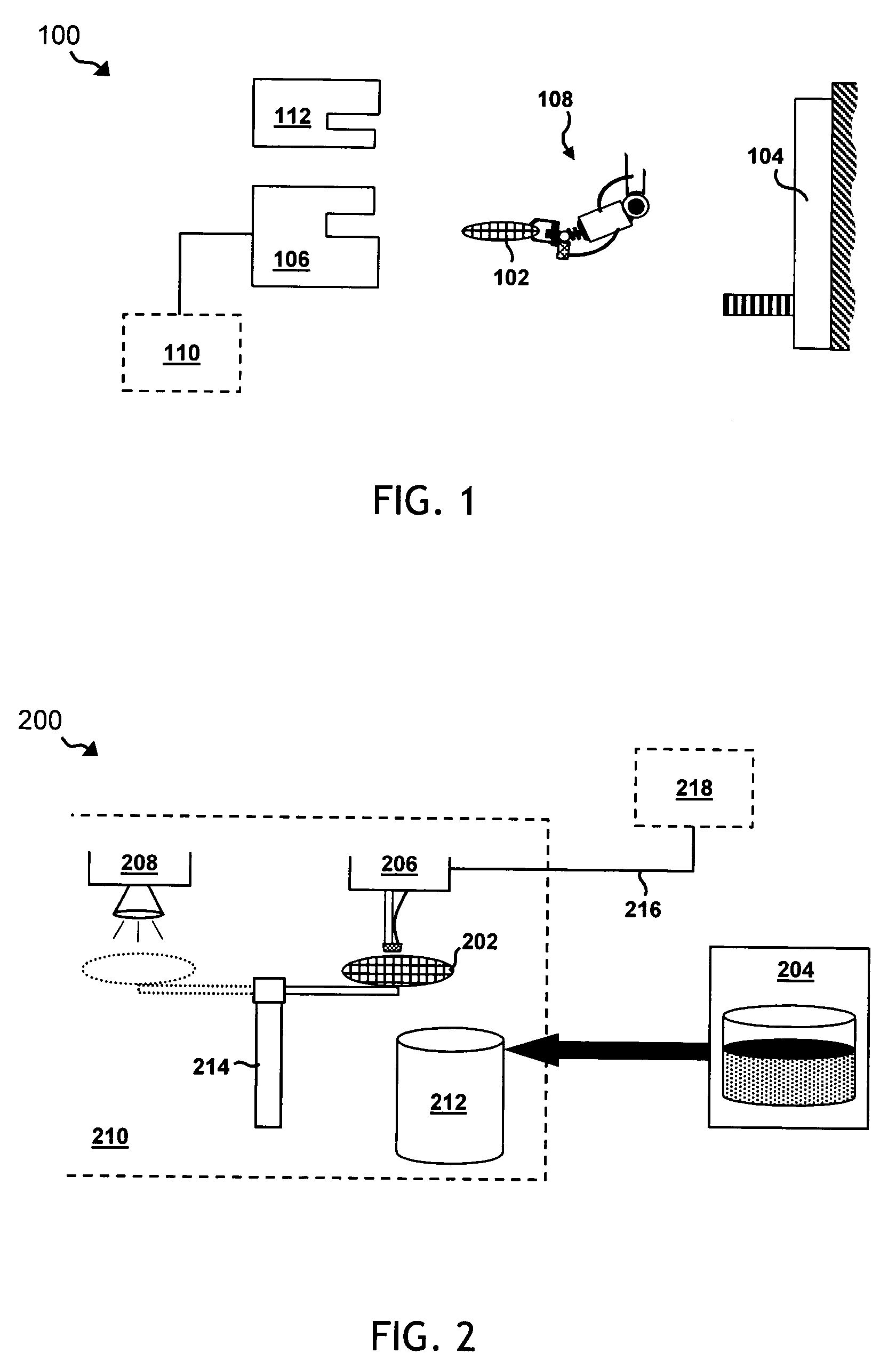System for remediating cross contamination in semiconductor manufacturing processes
a technology for cross contamination and manufacturing processes, applied in the field of systems, can solve the problems of reducing device parametric performance, generating numerous challenges to the semiconductor manufacturing process, and reducing device yield, so as to reduce yield loss, reduce cost, and reduce the effect of manufacturing costs
- Summary
- Abstract
- Description
- Claims
- Application Information
AI Technical Summary
Benefits of technology
Problems solved by technology
Method used
Image
Examples
Embodiment Construction
[0022]While the making and using of various embodiments of the present invention are discussed in detail below, it should be appreciated that the present invention provides many applicable inventive concepts, which can be embodied in a wide variety of specific contexts. The invention will now be described and illustrated in conjunction with a system for remediating copper cross-contamination occurring in a semiconductor manufacturing process. The specific embodiments discussed herein are, however, merely illustrative of specific ways to make and use the invention and do not limit the scope of the invention.
[0023]A remediation system according to the present invention operates in-line within a semiconductor manufacturing process. Time and labor are not lost transferring test wafers to a detection or inspection system. Instead, inspection of test wafers, or wafers suspected of having cross-contamination, is streamlined within the manufacturing or process flow. A remediation system acc...
PUM
 Login to View More
Login to View More Abstract
Description
Claims
Application Information
 Login to View More
Login to View More - R&D
- Intellectual Property
- Life Sciences
- Materials
- Tech Scout
- Unparalleled Data Quality
- Higher Quality Content
- 60% Fewer Hallucinations
Browse by: Latest US Patents, China's latest patents, Technical Efficacy Thesaurus, Application Domain, Technology Topic, Popular Technical Reports.
© 2025 PatSnap. All rights reserved.Legal|Privacy policy|Modern Slavery Act Transparency Statement|Sitemap|About US| Contact US: help@patsnap.com


